No products in the cart.
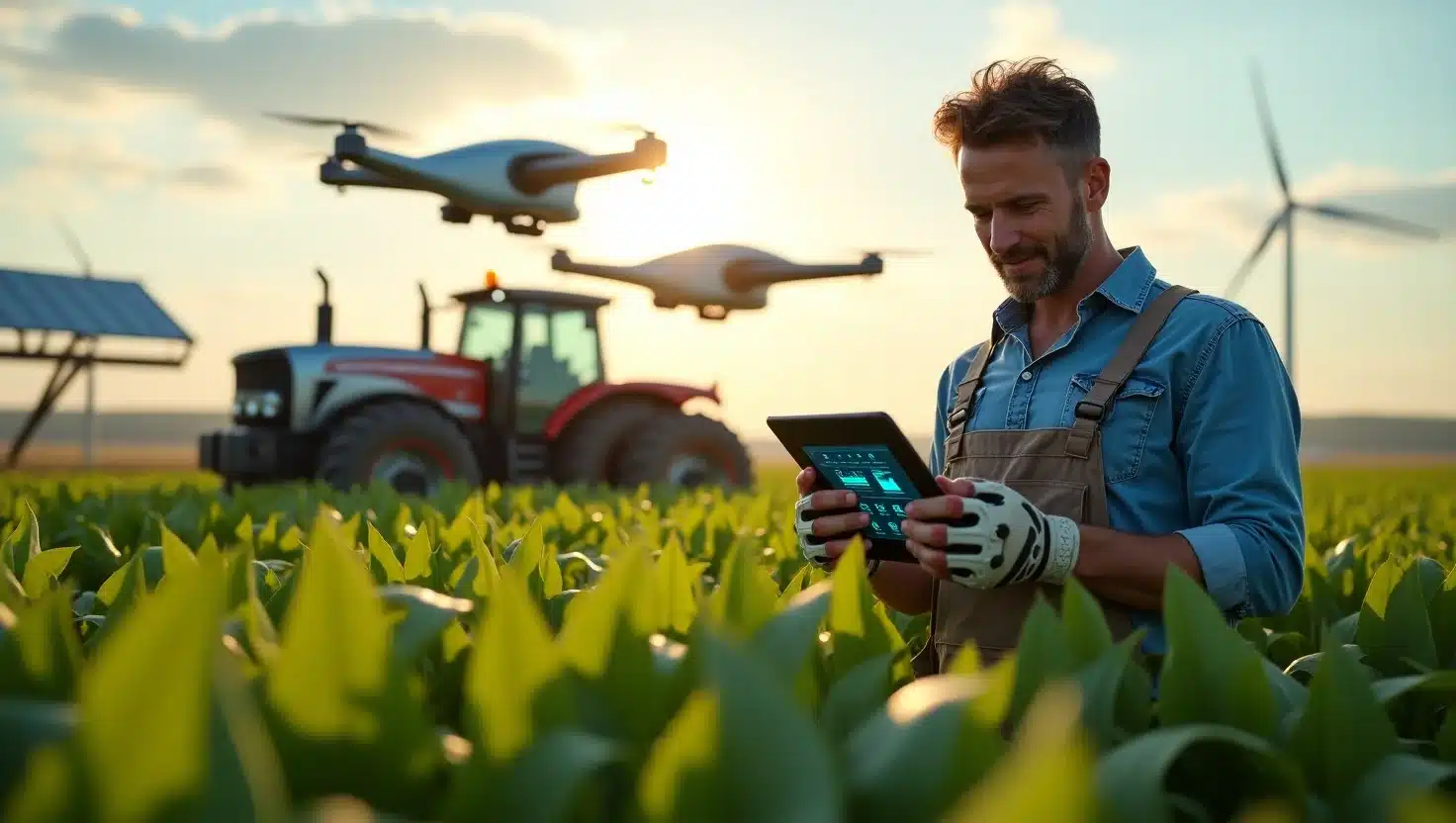
1. Introduction:
Imagine having a personal farm assistant who never sleeps, analyzes data in real time, and helps you make decisions that could boost your yield by 15%, this is no longer science fiction. Thanks to rapid advancements in smart farming and artificial intelligence, AI farm assistants are now transforming the way agriculture operates. These virtual farm advisors promise real-time insights on everything from irrigation timing to pest control, offering farmers a digital ally in an increasingly complex environment.
Traditional farming methods, while deeply rooted in experience, often struggle with the growing pressures of climate change, labor shortages, and rising input costs. Even skilled farmers sometimes rely on intuition or outdated information when making critical decisions. That’s where AI steps in, not to replace the farmer, but to enhance precision farming through data-driven support.
As digital agriculture gains momentum, many are asking: Are AI farm assistants just a tech trend, or are they the future of sustainable, scalable farming? This article explores what AI advisors actually do, how they work, and whether they truly deliver on their promise to revolutionize agriculture.
2. What Are AI Farm Assistants?
AI farm assistants, also known as virtual farm advisors, are intelligent software systems designed to support farmers by analyzing agricultural data and delivering actionable insights. These tools function like always-available consultants, using machine learning, natural language processing, and big data to make real-time recommendations. Whether it’s optimizing irrigation schedules, predicting crop diseases, or offering harvest timing tips, AI assistants provide tailored guidance for modern farmers.
Unlike traditional decision-making, which often relies on weather forecasts or past experiences, digital agriculture assistants evaluate multiple variables, soil moisture, temperature, crop type, pest pressure, and even satellite imagery. Through these insights, they enable more precision farming, reducing waste and improving productivity.
Several smart farming platforms like IBM’s Watson Decision Platform, PEAT’s Plantix, and Taranis already offer these capabilities. Some are integrated with drones, IoT sensors, and mobile apps, making them accessible even for mid-sized farms.

3. How They Work – From Data Input to Action
AI farm assistants begin with data, lots of it. They pull inputs from weather APIs, soil sensors, satellite imagery, drones, and user-entered farm logs. These inputs are then processed using machine learning algorithms to find patterns, anomalies, and actionable triggers. For example, a smart irrigation advisor may analyze moisture levels and forecasted rainfall to adjust watering schedules, preventing over-irrigation and saving water.
AI crop monitoring systems detect diseases or pests by analyzing images from drones or mobile apps. These platforms can alert farmers early, reducing the need for widespread pesticide use. Some assistants even act as farm AI chatbots, responding to farmer queries in local languages, simplifying data interpretation.
By continuously learning from new data, these tools evolve. Some autonomous farm advisors can even integrate with machinery, automating seeding or spraying based on real-time field conditions.
4. Benefits for Farmers
The rise of AI farming technology brings real benefits to farmers, especially in terms of decision-making speed and accuracy. With AI, farmers receive specific, data-backed recommendations tailored to their farm’s microconditions—something not possible with general advice from traditional sources.
Precision farming supported by AI enables efficient resource management, less water, fewer chemicals, and reduced waste. These savings translate directly to cost reductions. Moreover, agriculture AI assistants minimize guesswork, empowering even small and mid-sized farmers with access to digital farm intelligence.
In regions with limited access to agronomists or infrastructure, AI becomes a digital lifeline. Tools are now increasingly mobile-friendly, designed with AI tools for small farms in mind. The result is better planning, timely action, and higher yields.
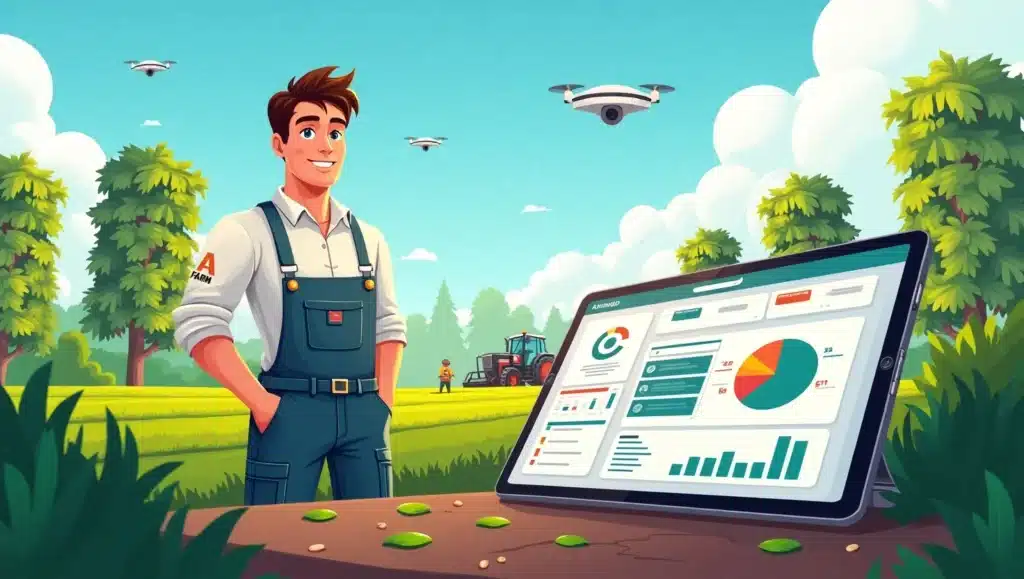
5. Challenges & Limitations
While the advantages are clear, AI in agriculture isn’t without its hurdles. The first major challenge is cost, AI platforms and sensors can be expensive, especially for smallholders. Though prices are dropping, affordability remains a barrier.
Digital literacy is another concern. Many farmers are unfamiliar with complex interfaces or skeptical of AI-generated advice. For these tools to scale, user-friendly design and localized training are crucial.
There’s also the matter of data privacy in agriculture. Who owns the data? Can tech companies sell it? These ethical questions are becoming more prominent as digital tools spread across farms.
Moreover, connectivity is a key issue, rural areas often lack the robust internet access AI systems depend on. This leads to a digital divide that must be addressed through infrastructure development.
6. Case Studies – AI Advisors in Action
Let’s look at a real-world success story: In Iowa, a corn farmer adopted an AI farm advisory tool connected to drone surveillance and weather sensors. The system provided tailored irrigation and nutrient scheduling. The result? A 12% increase in yield and 20% water savings within a single season.
In India, smallholder farmers using virtual farm consultants via mobile apps reported improved crop planning and early pest detection, especially in cotton and rice fields. These tools are bridging the knowledge gap, making smart farming platforms more inclusive.
Such stories show that AI adoption in agriculture is not limited to high-tech, large-scale farms. With government and private support, even small farms are now part of the digital farming revolution.
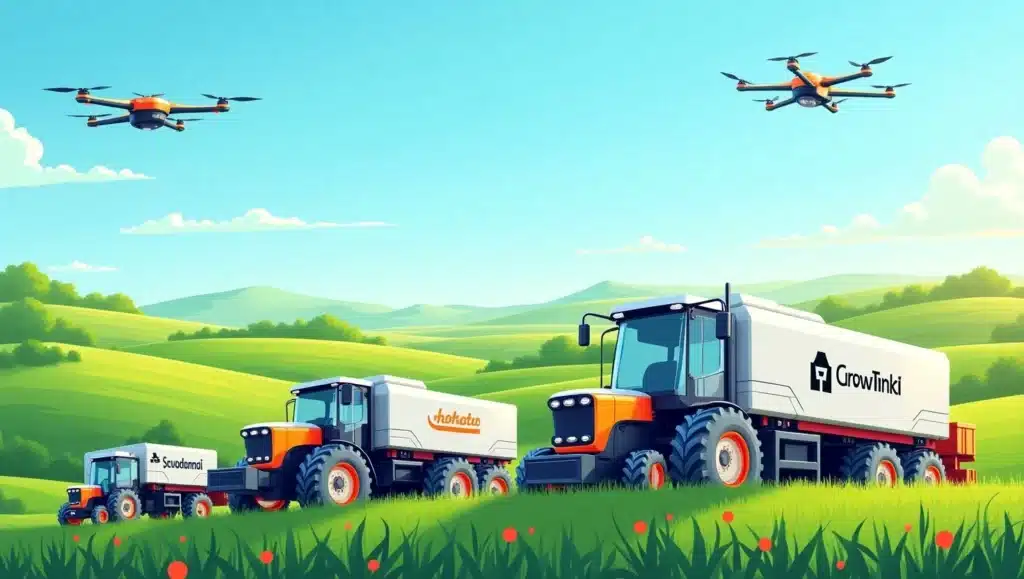
7. Future Outlook – Are Virtual Advisors the New Norm?
The future of farming is undeniably digital. As AI models get better at learning from field data, virtual agri advisors will become essential partners in the food production system. Integration with blockchain, remote sensors, and even robotic harvesters is on the rise.
Government subsidies, startup innovation, and growing interest in sustainable agriculture technology are accelerating adoption. The future of farming with AI includes intelligent systems that not only advise but also act, triggering irrigation, reporting anomalies, and syncing with supply chains.
As more farmers see ROI and regulatory frameworks emerge, AI farming trends point toward widespread acceptance. While human expertise remains crucial, it’s becoming clear that intelligent farm advisors will be at the heart of modern agriculture.
8. Conclusion & CTA
AI farm assistants are more than just tech buzzwords, they’re becoming the backbone of smart farming. These tools are helping farmers across the globe make better, faster, and more sustainable decisions. From disease detection to irrigation management, virtual farm advisors are already proving their worth.
Yet challenges remain. Access, affordability, and trust must be addressed for AI to reach its full potential in digital agriculture.
FAQs:
Q1. What is an AI farm assistant?
An AI farm assistant is a virtual advisor that uses artificial intelligence to help farmers make better decisions. It analyzes data like weather, soil, and crop health to offer personalized guidance for tasks such as irrigation, fertilization, and pest control.
Q2. How do virtual farm advisors work?
Virtual farm advisors collect real-time data from sensors, drones, and weather APIs. They process this information using machine learning algorithms to provide actionable insights tailored to the farm’s specific needs.
Q3. What are the benefits of using AI in farming?
AI improves productivity, reduces resource use, and helps farmers make precise, data-driven decisions. It also minimizes waste, detects early signs of pests or disease, and can increase yields while lowering input costs.
Q4. Are AI tools suitable for small and mid-sized farms?
Yes. Many platforms now offer scalable solutions designed for smallholders, including mobile-friendly interfaces and affordable pricing plans. These tools are increasingly accessible thanks to low-cost sensors and cloud-based systems.
5. What are the challenges of adopting AI in agriculture?
Key challenges include high initial costs, lack of digital literacy, poor internet connectivity in rural areas, and concerns over data privacy. Addressing these issues is essential for broader adoption.
Related Articles
Farm Automation
How AI Is Helping Organic Farmers Stay Competitive
1. Introduction: Organic farming has always been admired for its sustainability, purity,...
Farm Automation
How U.S. Farmers Use AI to Monitor Weather and Make Better Decisions
1. Introduction: For generations, U.S. farmers have relied on intuition and traditional...
Farm Automation
Can AI Replace Manual Labor on U.S. Farms? Here’s What to Know
1. Introduction: Imagine a cornfield in Iowa where machines handle everything from...
Farm Automation
Affordable AI Tools Every U.S. Farmer Can Use in 2025
1. Introduction: Think AI is only for big corporate farms with deep...
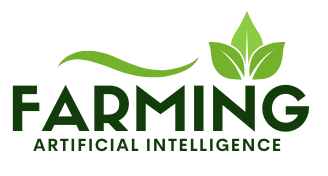
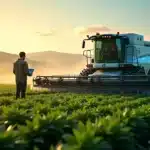

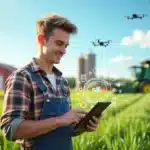

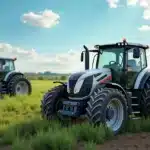

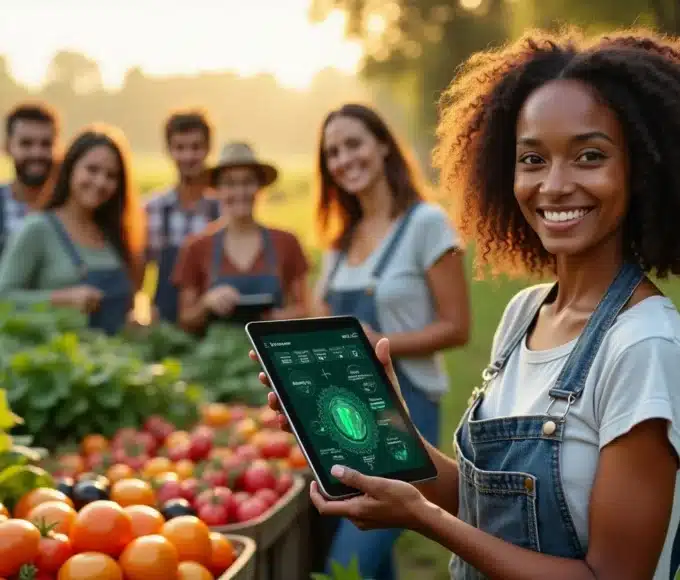
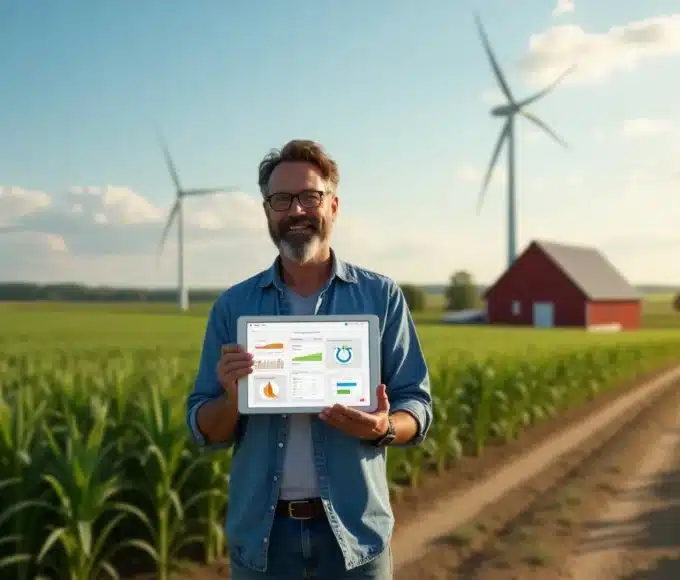
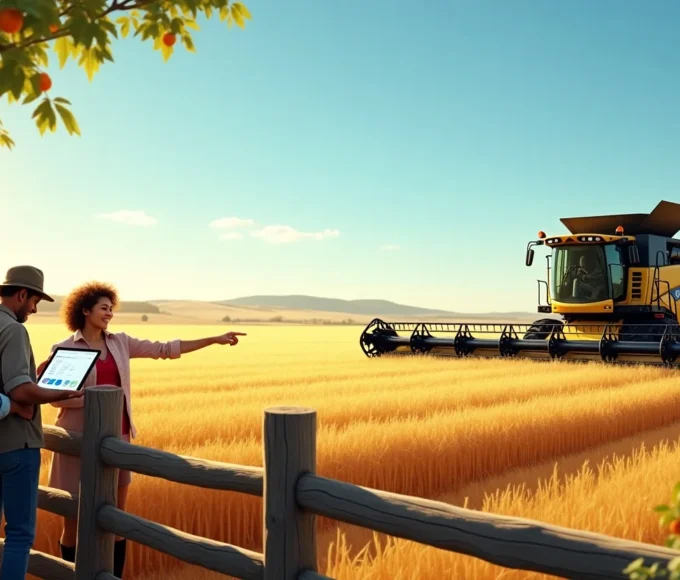

Leave a comment